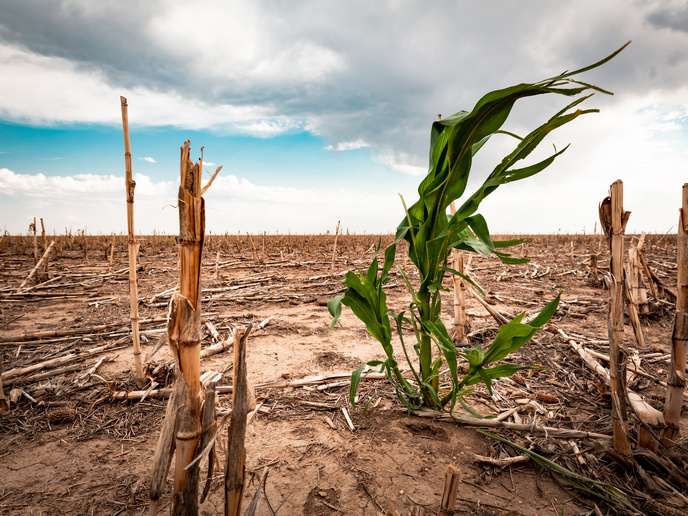Where does the water go during a drought?
“A drought may occur solely due to increased societal or atmospheric demand for water,” says Miralles, professor of Hydrology and Climate at the University of Ghent in Belgium. “But it is almost always associated with a reduced precipitation supply.” This lack of rain happens due to abnormally low evaporation from the ground, reducing the amount of water in the atmosphere, or a prolonged change in the circulation of wind. “This implies that the water that would have otherwise rained in the region affected by the drought either remained upwind, or was redirected somewhere else,” adds Miralles. Somewhere else includes the ocean, so while one area of land experiencing drought doesn’t necessarily mean another is getting wetter, such patterns do exist. Droughts associated with the El Niño climate phenomenon can coincide with abnormally wet seasons elsewhere. As well as moving water to another place, droughts can also spread drought. In the DRY-2-DRY project, which was funded by the European Research Council, Miralles and his team demonstrated that prolonged droughts may reduce evaporation, and therein the supply of rain, in downwind regions. This means droughts can self-propagate, spreading like a wildfire and drying out the land surface. Understanding these complex feedbacks is helping the scientific community gain a more accurate picture of our evolving climate. And by improving future predictions and early forecasts of these extreme events, land management strategies could be put into place to mitigate some of the devastating impacts droughts can have on ecosystems and local communities.
Water world
While the total amount of freshwater available on Earth has been fairly constant since the planet’s formation, its distribution across different reservoirs, such as the ocean, land and atmosphere, as well as its form (as liquid, ice or vapour), can vary significantly in a matter of decades. Worryingly, satellite data indicates an ongoing decline in the total water stored in the continents, and an increase in the oceans. “Currently, over-extraction, water management and anthropogenic climate change are affecting not just the quality and accessibility of freshwater, but also its distribution among these global reservoirs,” notes Miralles. Click here to find out more about Miralles’s research: Uncovering the climatic causes of droughts



